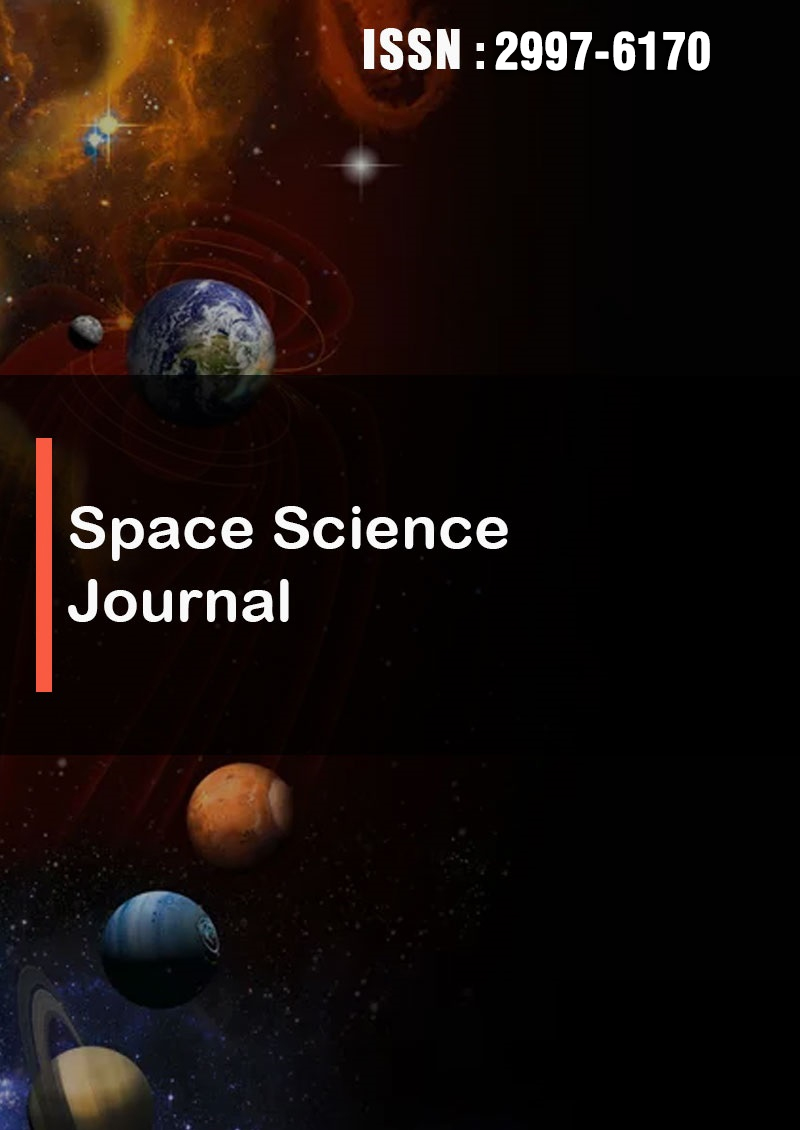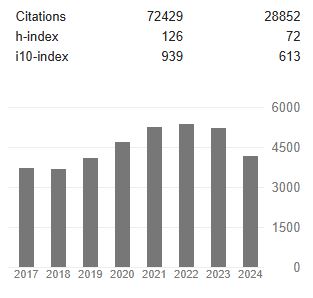The Mathematics of Extratropical Cyclones Originating in the South of the South American Continent
Abstract
Ricardo Gobato, Abhijt Mitra and Sana Ahmed
Extratropical cyclones are common in the South Atlantic. They generally arise with the passage of cold fronts to the south of the South American continent, crossing the south of Chile and Argentina, in the regions of Puerto Natales, Punta Arenas (Chile), Rio Galegos, Rio Grande, El Calafate and Ushuaia (Argentina). The extratropical cyclone analyzed presented at its peak the very characteristic shape of a Chinese dragon. Many others were also analyzed. They present a mathematical form of a double Cotes Spiral curve. Here called the Dragonhead cyclone (DC), indicate a structural similarity with spiral galaxies, especially NGC 5247, in the constellation Virgo. With an area of influence and a size of around 3,247 thousand km2 at its peak, it moved quickly in a WNW direction, with an average speed of 76 km/h, with winds of 84 km/h at 100 km from the nucleus, as it passed north of the Falkland Islands (Malvinas Islands). In the data collected (Gobato et al., 2018- 2023), and analyzed from the Dragonhead cyclone, it is clear that all extratropical cyclones that appear south of the South American continent, below 40° latitude, have the shape of a spiral curve, like the spiral galaxy. Most of these are in the form of a double Cote’s spiral curve.




